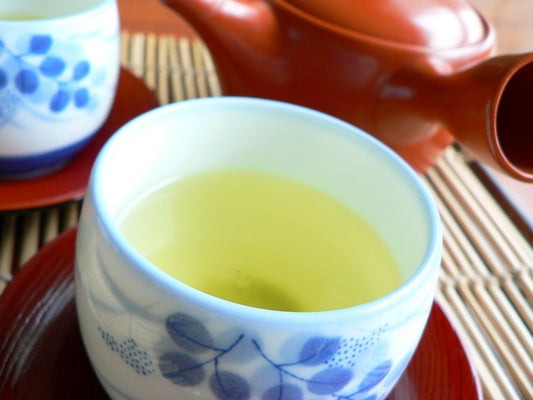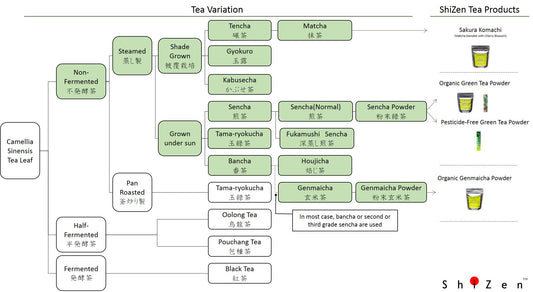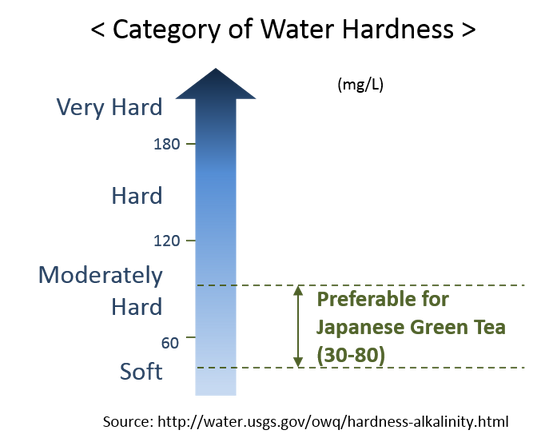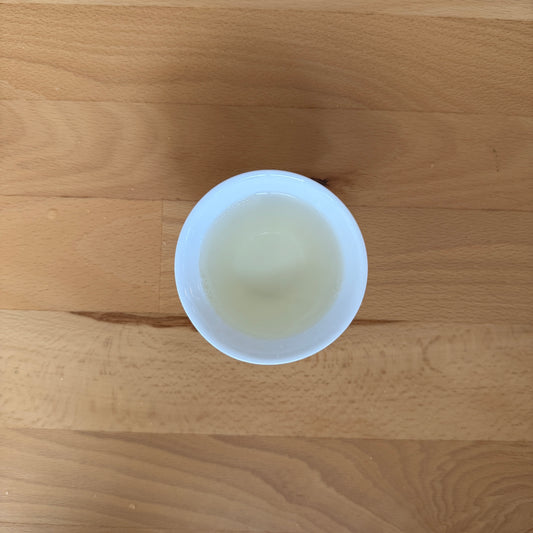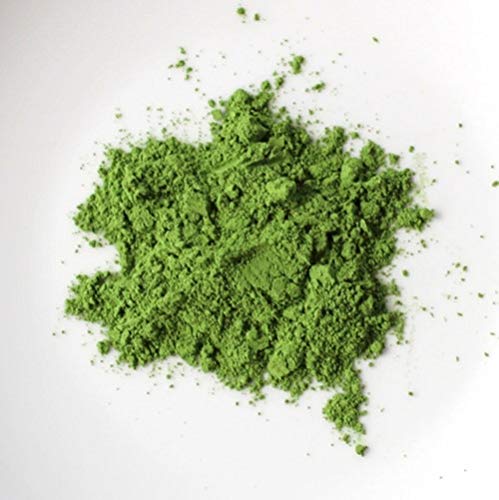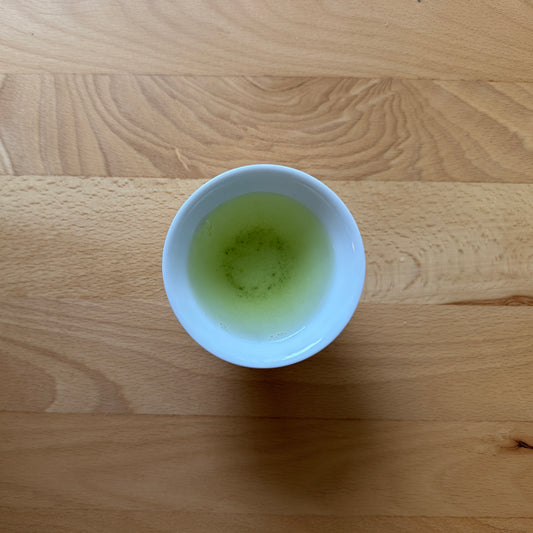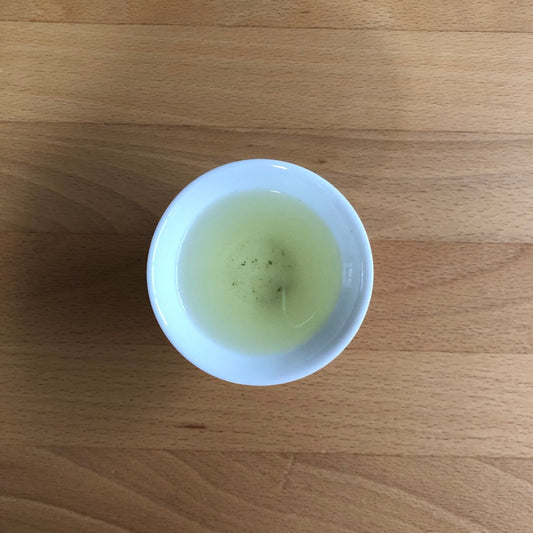For Japanese green tea, when it is harvested is very important. Taste, Price, and Nutrients all differs depending on when it is harvested. Of course, how it is processed also decides upon the quality and the price but the biggest factor is when it is harvested. Japanese green tea gets harvested four times per year. The first harvest is in Spring, second in June, third time in July to August, and the final last pick in September to October.

First Harvest
First spring harvest teas in Japan are called Shin-cha. “Shin” meaning new and “Cha” meaning tea in Japanese.
These Shin-cha are marked most expensively in the Japanese tea market within the four harvest period. High-end teas are usually the Shin-cha’s. Also the taste is much different compared to the later harvested ones. Shin-cha has stronger aroma and deeper flavor. However, since the tea is very rich and strong I personally think one cup will be enough. Really nice teas are not for drinking quantity but to enjoy the quality.
Our ShiZen’s Sakura Komachi, the Matcha blended with Cherry Blossom Leaf, are using the 1st harvest Matcha.
Second Harvest
2nd Harvest are the ones that are harvested in June. 2nd harvest are priced lower than the 1st harvest Shin-cha. It still has the tasteful aroma but the taste is a little more lighter compared to Shin-cha. However, the good part of this is it has can be drank many times since it is lighter. Also it is said to have the most Catechins (EgCG), the healthiest, compared to the teas that are harvested in different periods.
ShiZen’s organic green tea powder, organic matcha, pesticide-free green tea powder and organic genmaicha powder are using the second harvest teas, which being the most healthiest teas that you can get within this four harvest period.
Third and Fourth Harvest
3rd and 4th harvest teas are harvested after July, being the most cheapest teas in the market. Usually the low price tea bags and the bottled teas are using these 3rd and 4th harvest. These teas are called the Bancha in Japan, “Ban” meaning late and “cha” meaning tea. These low grade teas are usually processed into Genmaicha*, by mixing it with roasted brown rice, or simply roast it into Houjicha. In ancient times, since Bancha wasn’t the best tasting tea out there, people tried many ways to enjoy this Bancha, which led them to come up with Genmaicha and Houjicha. Genmaicha are usually cheaper than the other high grade teas because it is using 3rd and 4th harvest teas. Also Houjicha is usually cheaper due to the same reason. Most teas that were drank at home in Japan where these Bancha, Genmaicha, and Houjicha.*Our Genmaicha powder is using the second harvest teas due its taste and abundant nutrients.
Usually when it is not 1st harvest, there are no remarks of when it is harvested. If you really want to know what you are getting, it may be good to always ask when it is harvested.
Thank you for reading


